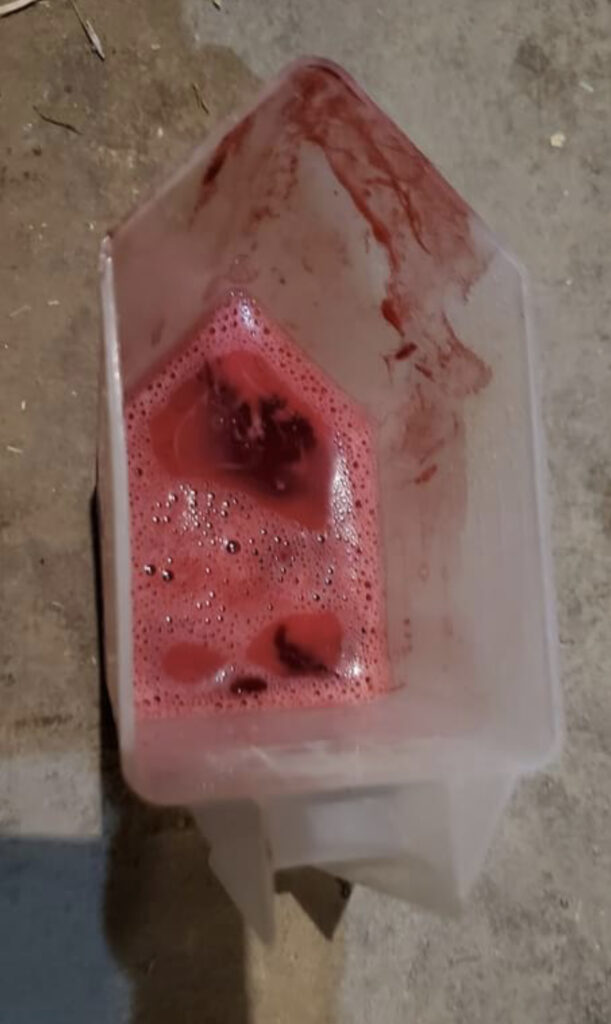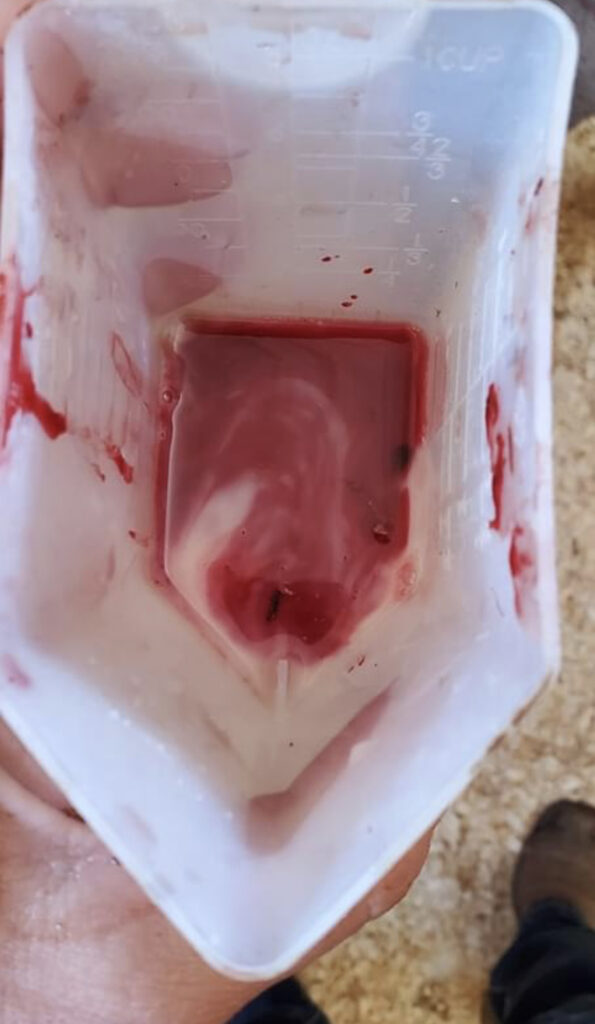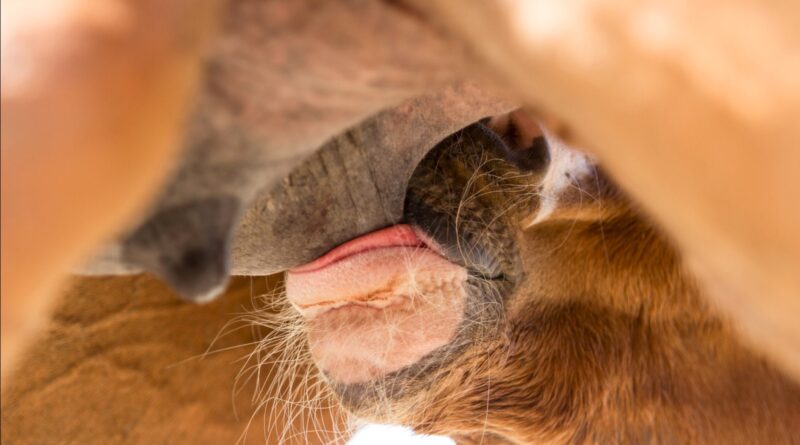Testing for NI- Neonatal Isoerythrolysis
Courtesy Crosshair Springs Equine Services
This was an excellent tip from Crosshair Springs that may just save your foal’s life. While it is an excellent tip, it does not replace veterinary testing.
NI+ vs. NI- (neonatal isoerythrolysis).
Note: both mares were tested by a vet and confirmed via blood tests, the foals safety was not relying on this “test” alone.
This, NI, is also not solely found in mules or hybrids. Horses can also be affected by NI.
As a backup/precaution test I collect blood from the umbilical and mix it with the mares colostrum. If the foal will require a different colostrum source this test “should” result in blood clotting or curdles (first photo). If the foal is safe to nurse it’s dams colostrum this test “should” mix smoothly (second photo).
This is a great way to check mares that foal early, those surprise foals, for personal education, or many other circumstances when a laboratory blood sample isn’t able to be completed!
Many people aren’t aware of NI (neonatal isoerythrolysis) or it’s life threatening effects. It’s the same as RH Factor (not exactly the same but for reference it’s the closest comparison) in humans and shouldn’t be taken lightly!







